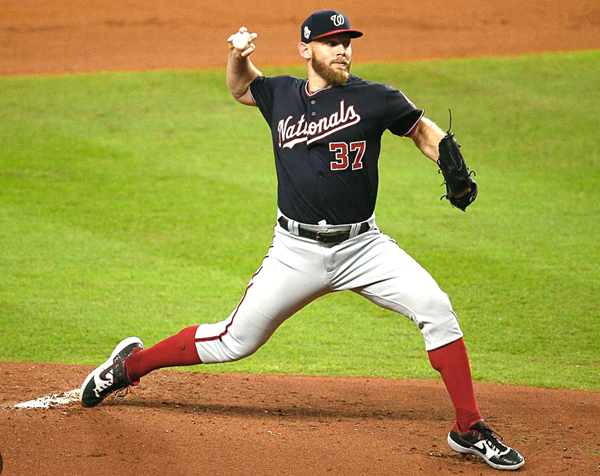
When it comes to throwing velocity or bat speed, sequencing is about as important as anything else on your list. Let’s get into it.
Continue reading “How to Analyze Sequencing and Why it Can Affect Your Throwing Velocity”

When it comes to throwing velocity or bat speed, sequencing is about as important as anything else on your list. Let’s get into it.
Continue reading “How to Analyze Sequencing and Why it Can Affect Your Throwing Velocity”
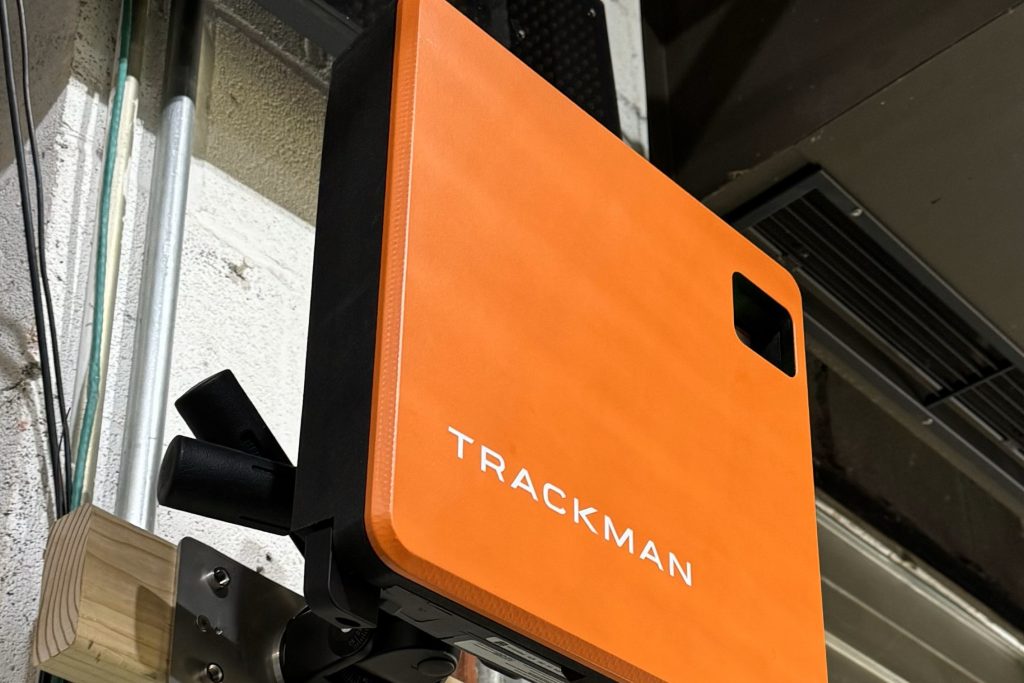
As many in the baseball world know, Trackman is arguably the best piece of technology when analyzing a pitcher and their pitch metrics. Trackman is a military grade radar that captures metrics such as velocity, spin rate, spin axis, tilt, release angles, approach angles, release height, extension, movement profiles, and more.
How to build your pitching arsenal with Trackman?
Continue reading “How to Build Your Pitching Arsenal w/ Trackman”
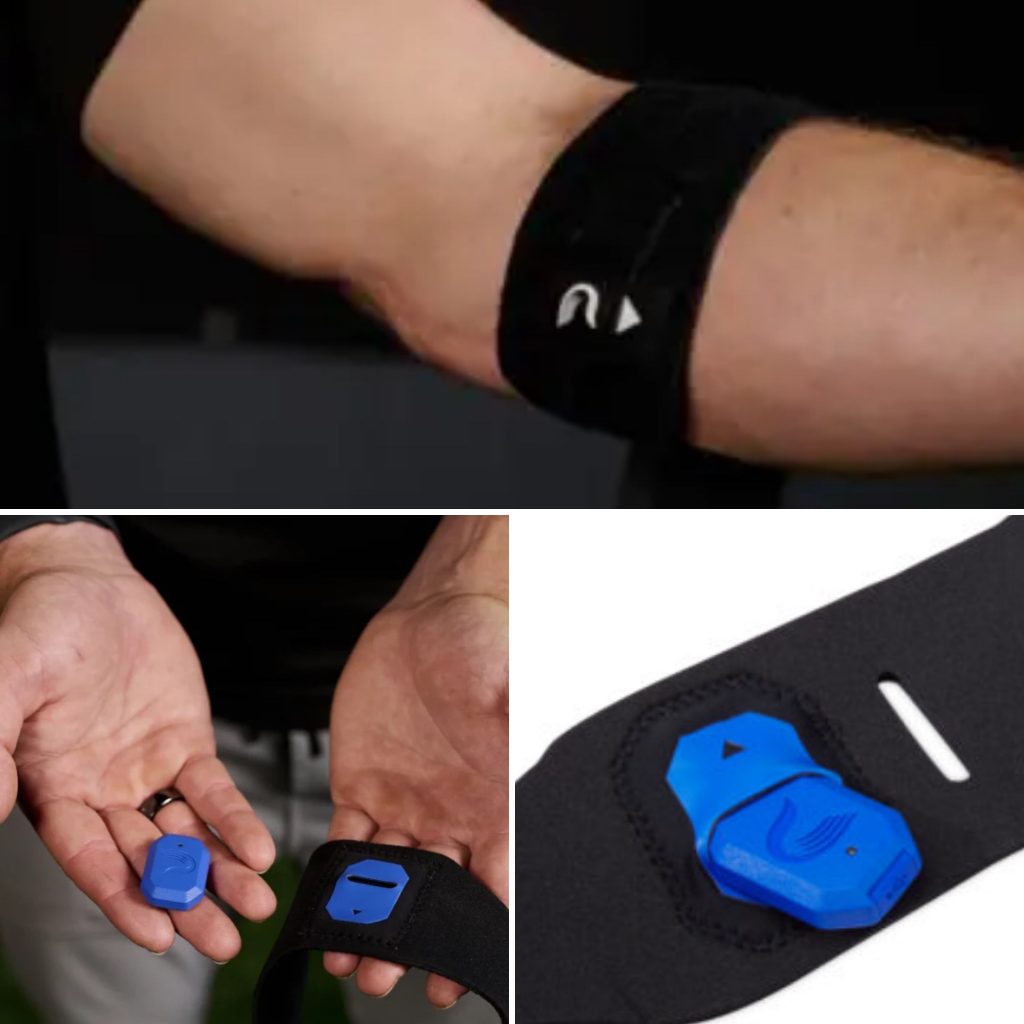
With injuries on the rise in baseball, implementing a workload management system is a great way to help develop pitchers and mitigate injuries. Workload is a general term used to describe how much stress is being placed on a pitcher’s arm during both a throwing session and over a period of time (as in a week or month). Such a system can also be helpful in a variety of other ways, including:
Continue reading “Workload Management for Pitchers w/ Case Studies”

Every off-season athletes come to RPP looking to improve their pitching velocity. Unfortunately, quite often they also believe that throwing harder is only about pitching mechanics. Not sure exactly where this type of thinking started but it points to a complete lack of understanding about where throwing velocity comes from. Wish it was that simple!
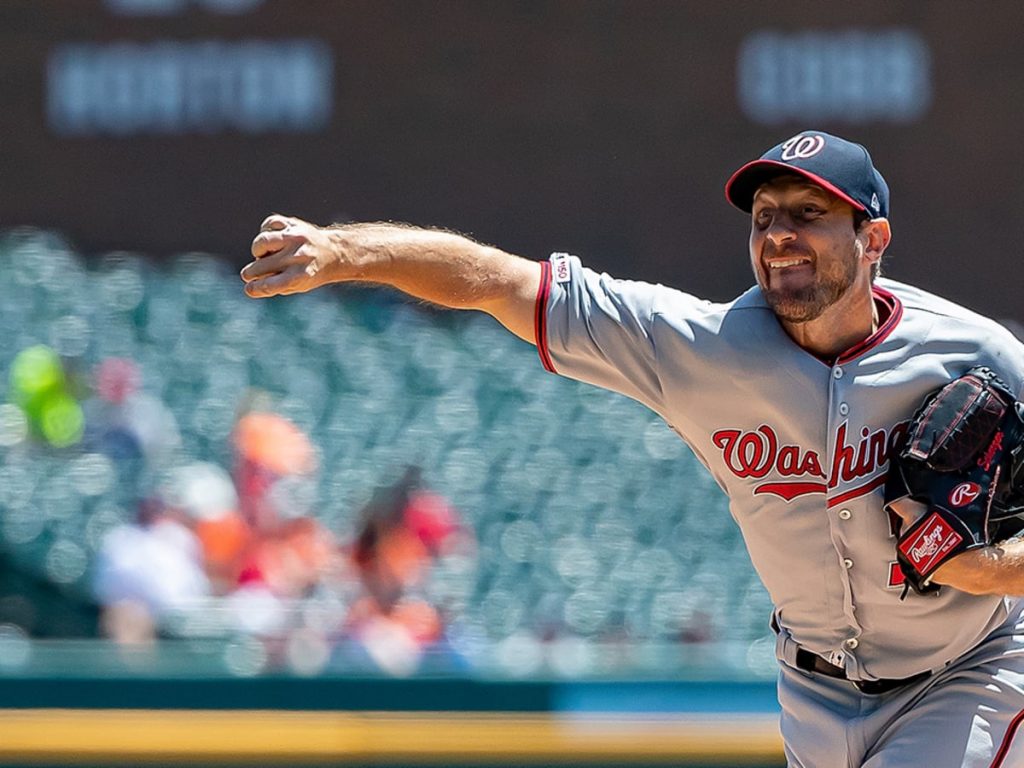
Pitching is one of the most ballistic movements in all sports. Throw in the shoulder joint, the most mobile and unstable joint on the body, and you have what we call a “high-risk” population. So, how can we make pitchers more durable. Continue reading “How to Make Pitchers More Durable?”
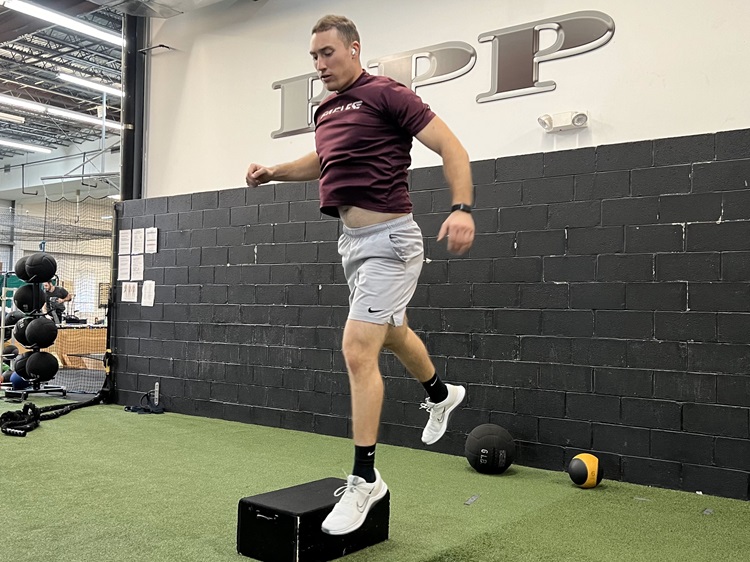
When most of us think of what comprises a great strength training program for baseball players, we think of training force production. While this is crucial to enhance performance, the dissipation (absorption) of force is vital not only to performance, but for reducing the risk of injury as well. We can’t talk about either force production or dissipation without talking about plyometric training. Numerous studies have shown that performing plyometric training for baseball players:
Continue reading “How Baseball Players and Pitchers Can Train for Power with Plyometrics”
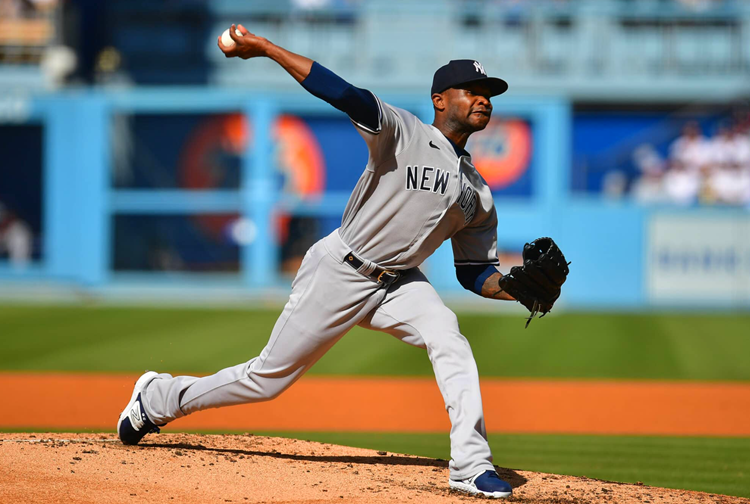
With pitch design and pitch data becoming so prevalent in the game of baseball today, pitches like the sweeper and splitter are increasingly popular by pitchers ranging from youth to professional. A question that is always asked by parents and athletes is: “Is this pitch bad for my arm?” In this article we will dive into elbow torque (stress), how it is measured and break down which pitches put more “strain” on the arm/shoulder than others. Essentially exploring the “myths” that come with specific pitches.
Now let’s dive in…
Continue reading “How Different Are Torque Levels Across Various Pitch Types?”
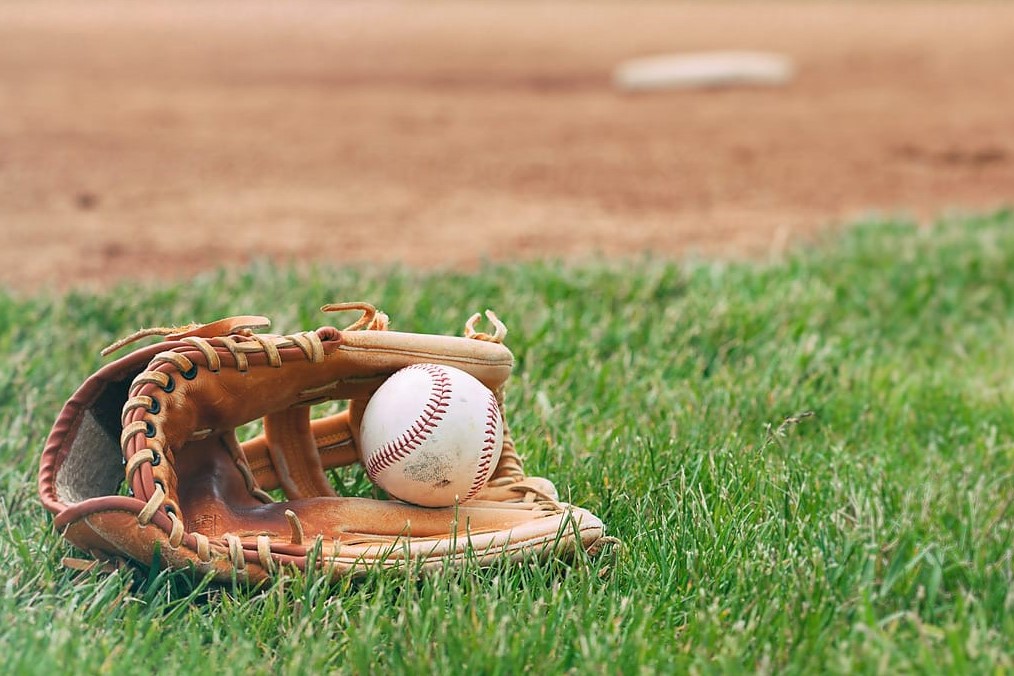
Right about this time every year, as fall ball programs wrap up, pitchers and position players alike are faced with a few decisions about their upcoming off-season training. At the top of the list is a potential shutdown period at the end of the season. Should you or shouldn’t you? Well, like all things pitching the answer is, it depends.
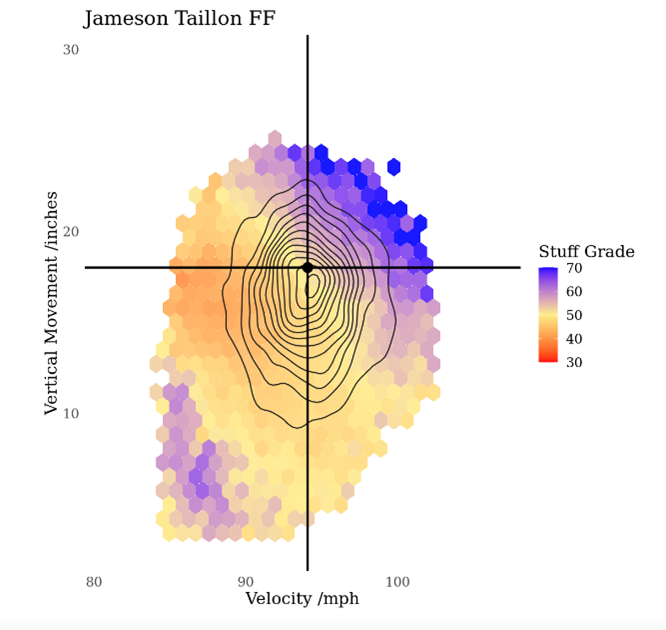
Over the last decade, many new pitching stats have been created, including FIP, SIERA, CSW%, and xFIP, all with the single purpose of getting a better understanding of a pitcher’s ability beyond the ERA. Recently, a new pitching stat was created by Eno Sarris which he calls Stuff+.
What is it? and how can it be helpful?
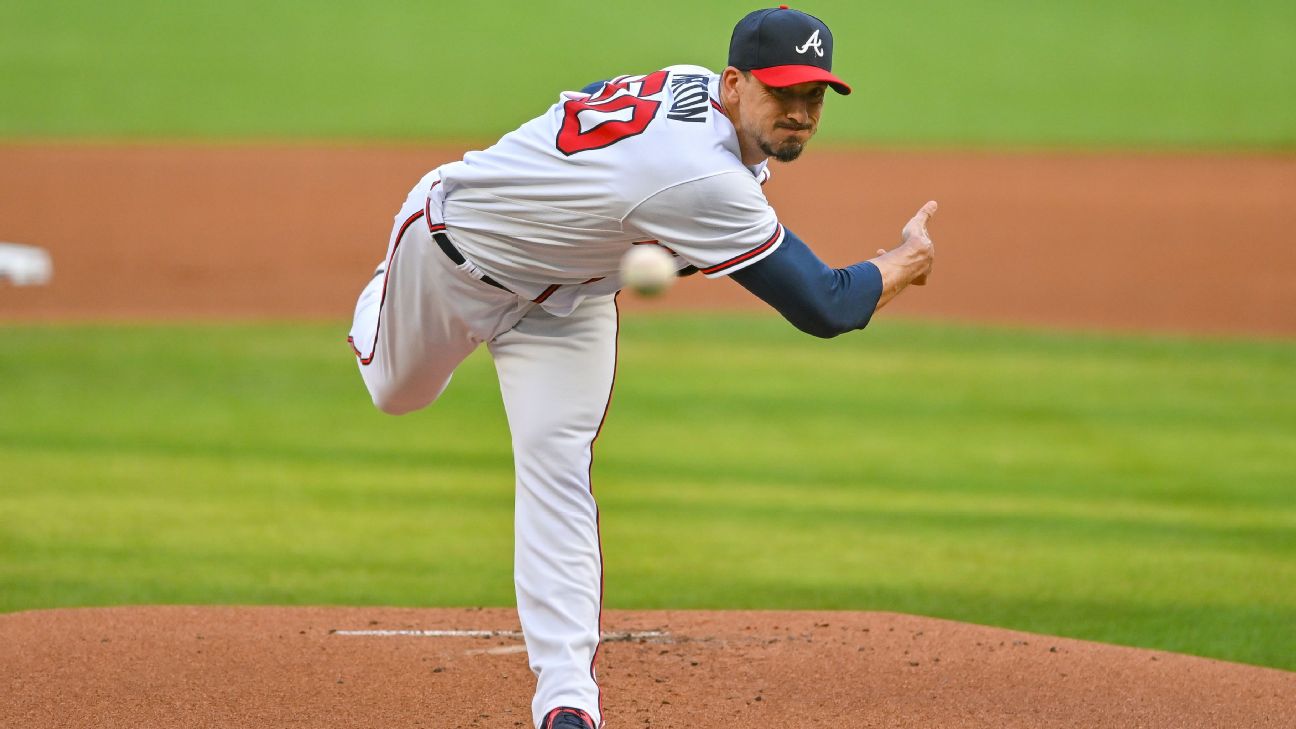
When you train as many pitchers as we do, often times common themes begin to emerge. One such theme is the types of baseball pitching mechanics issues that we observe most often in pitchers. Well, here they are, along with some things we do (barring any glaring mobility issues observed in the assessment) from a corrective standpoint both in the tunnel and in the weight room to address them.
Continue reading “What are the Most Common Pitching Mechanics Issues?”